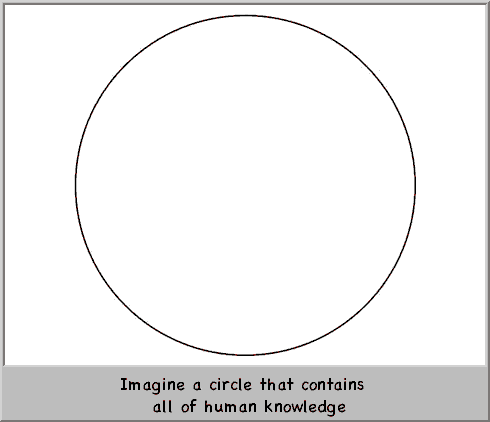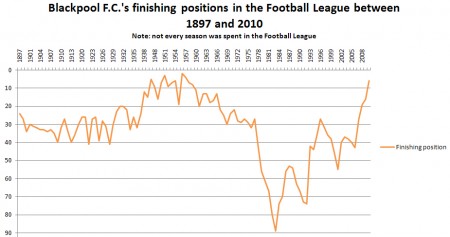Introduction
Introduces the idea of intrinsic motivation.
- Describes Harlow and Deci‘s original studies that came up with the idea of intrinsic motivation. Note: Maslow (of Hierarchy of Needs fame) was Harlow’s student.
- Three basic types of motivation (drives):
- Motivation 1.0: Biological (need for food, drink, sex)
- Motivation 2.0: Extrinsic (e.g. getting paid)
- Motivation 3.0: Intrinsic
Chapter 1: Extrinsic versus Intrinsic Motivation
1. Wikipedia: a success almost entirely because contributors are willing to invest their time and energy for no reward; the very definition of intrinsic motivation.
- Note: Despite my own challenges with students using Wikipedia as a reliable source, we use our own classroom Wiki extensively. Giving students projects with a clear goal in mind, but great freedom in execution (like the choose your own adventure stories), seems to tap into the same spirit that motivates the Wikipedia contributors.
2. Social operating systems: the basic, often invisible, assumption on which society runs.
- Note: Good metaphor, but he explains it as if the development of our understanding of motivation paralleled human evolution/development. Pre-social humans were driven primarily by the biological imperative, like large animals still are, he claims. I am very uneasy about this sort of lazy extrapolation given how much we’re learning that differences between humans and animals are no where near where we thought they’d be, particularly given the social organization of many animals. He also ignores cross-cultural differences: different societies value self-actualization and other intrinsic motivation characteristics much differently than the WIERD one he seems to be describing.
3. Introduces behavioral economics (mentions Ariely): Humans are not anywhere near to being ideal, rational economic agents.
4. During the industrial revolution, work was mostly algorithmic (a worker could follow a clearly defined set of steps to get their job done), while now it’s mostly heuristic (workers have to come up with new things).
- algorithmic work is being replaced by software and outsourced really fast (that’s globalization for you)
- p. 30 – U.S. job growth – 30% algorithmic, 70% heuristic.
- Note: Pink claims that heuristic work can’t be outsourced “generally”. He apparently wrote a book about it: A Whole New Mind: Why Right-Brainers Will Rule the Future. I may have to get that one, because, while I can see automation eliminating most algorithmic work, I don’t know why heuristic work is so difficult to outsource. Certainly there are local, cultural issues that would make things like advertising campaigns difficult for outsiders (and teaching would probably be hard to outsource too because most people don’t want to send their kids overseas for school), but a lot of other stuff is not that difficult for some creative person somewhere else to do; the world is, after all, Flat. Heuristic jobs are still going to be more abundant than algorithmic, but going heuristic no magic bullet: global competition is still going to be a major factor in the future.
Chapter 2
Baseline rewards: the basics people need in a job that earns them a living. Salary, a few perks, some benefits etc.
- Below baseline rewards there is little motivation.
- Above baseline rewards extrinsic rewards can be counterproductive.
Work vs. Play: Mark Twain: “Work consists of whatever a body is obliged to do, and that play consists of whatever a body is not obliged to do.”
When rewards don’t work:
- When they are expected (see also post on Praise and Rewards) (called contingent rewards). If you do this, you’ll get this, does not work.
- Deci et al., 1999: “tangible rewards tend to have a substantially negative effect on intrinsic motivation.”
(to be continued)






